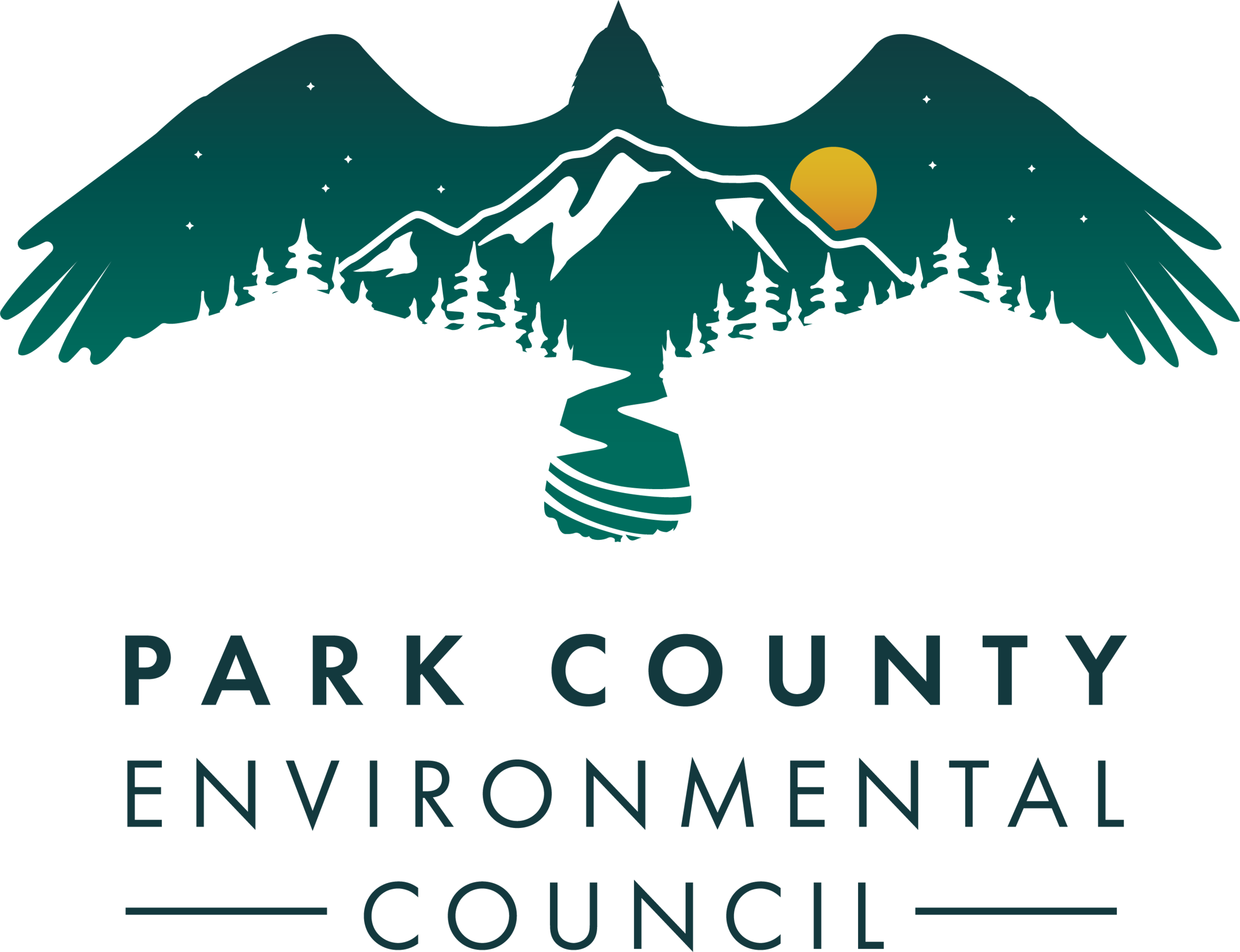Assessing the Greater Yellowstone Climate Assessment
By Annika Coleman, Stella Davis and Severn Sienkiewicz, PCEC Interns
Have you noticed how unusually warm this summer has been? It's rare for us Montanans to go through June without a huge snow storm, and even rarer to see a month filled with solely 90 degree days. It was nice at first; biking down to the Yellowstone River to go for a morning swim, sitting outside every night with no fear of our famous summer thunderstorms, but now it almost seems too good to be true, and it very well might be.
Recently, researchers at Montana State University, the U.S. Geological Survey and the University of Wyoming conducted a study on the effects of global heating in the Greater Yellowstone Ecosystem, which covers 22 million acres of land in Montana, Wyoming, and Idaho. Obviously, we as Montanans, and especially so close to the park, took notice of this study and its conclusions. The link to the report can be found here.
The predictions outlined in this document are frightening:
In the Upper Yellowstone River Basin, average snowpack is projected to decline 44% by 2100
Average June-August runoff is expected to decline 36%.
This hot summer is not just an anomaly. Average temperatures have risen 2°F since 1950 and are expected to continue to rise 5.3°F by 2100.
With these changing temperatures, seasons, and weather patterns, the implications for this ecosystem and all its components are huge.
Tourism is a significant aspect of our economy as a gateway to Yellowstone National Park, but with drastically changing conditions in the park, the annual flow of tourists could lessen. The assessment states that with hotter seasons, the ever faithful Old Faithful Geyser could become less and less reliable. Drier winters means less winter recreation available in the park. Usually a hub for cross country and backcountry skiing, sledding, and snowmobiling, places like West Yellowstone and Cooke City may no longer host these activities for as long as usual, or even at all in the future.
Without these attractions and many more that could be lost to a warming climate, our tourism-based economy will hurt.
It's not just our economic prosperity that is damaged by climate change, but simply our way of life as Montanans. If you’ve lived in Montana for more than a few months, then you undoubtedly have pride in our outdoors in some way or another. Whether that pride is shown in hiking, skiing, whitewater rafting, horseback riding, trail running, or anything else, it is heavily based on weather and climate. Skiers know that without heavy snowpack, the ski season will be too short. Rafters know how small the window for a long float down the Yellowstone is. Hikers and trail runners know when the heat is too much to get out on the trails. Even young children will have less of a desire to go outside to our parks and bodies of water when the weather is too warm. With the changes outlined in the assessment, those time restrictions for each outdoor activity will get smaller and smaller. Without these relationships that so many of us in Livingston and Park County have with the outdoors, the draw to live where we do and visit where we are will lessen.
Along with all of these jarring realities, there were some positive aspects of the assessment and what our future could hold.
Using Representative Concentration Pathways (RCPs), the researchers made models to predict our future (all the way into 2100) in different scenarios. One RCP predicted the outcome if no efforts were made to decrease the emissions of harmful greenhouse gasses and the other predicted the outcome if significant efforts were made. In the model below, RCP8.5 is our reality if no climate action is taken towards greenhouse gas emissions and RCP4.5 is our future with a decreased greenhouse gases in our atmosphere.
As it stands, temperature increase overtime is inevitable, but we can make a difference and flatten the line by calling our lawmakers both locally and beyond, thinking before we decide to light a firework off, and other actions that could lead to change.
So as it stands, multi-week-long 90° days are our new normal, and our winter months might get less sporty. This Greater Yellowstone climate assessment has been eye-opening, but it seems there is room for each of us to make a difference. We, as community members, have the ability and responsibility to do what we can to maintain this ecosystem that many of us have grown up in and want to continue to benefit from.
